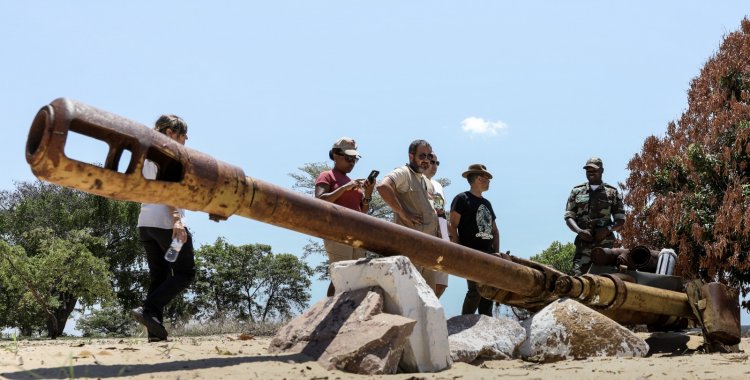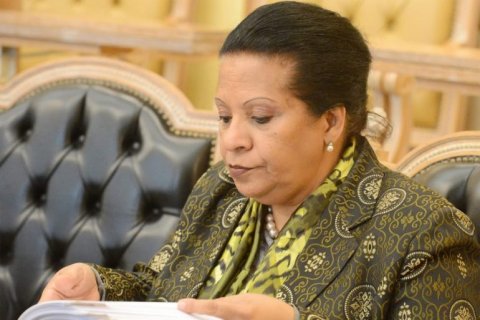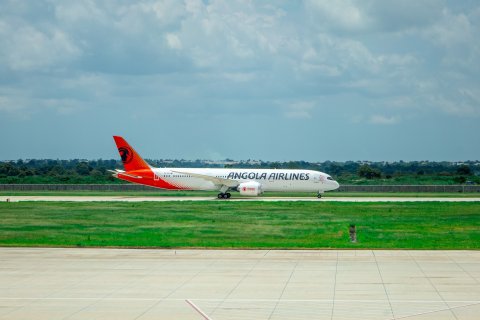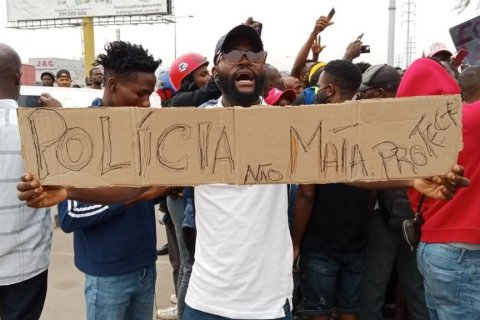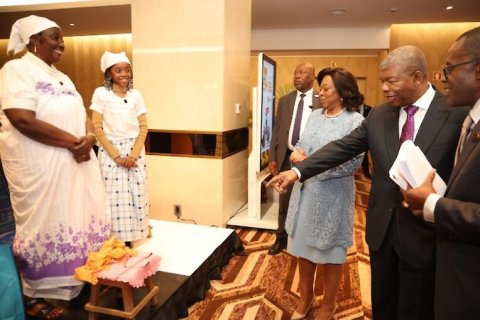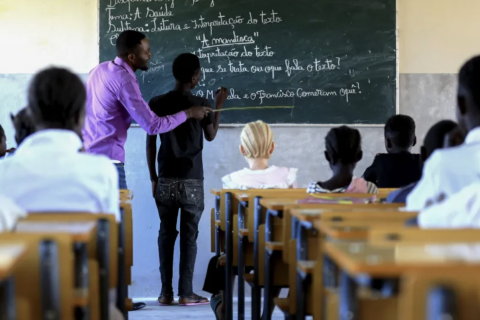Between November 15, 1987 and March 23, 1988, the State's Popular Armed Forces for the Liberation of Angola (FAPLA), supported by Cuba and the Soviet Union, faced off against UNITA guerrillas, led by Jonas Savimbi, who Since 1975, they had been competing for power with the MPLA and were supported by South African forces.
But in the memorial dedicated to the battle, in the small town with the same name, in the province of Cuando Cubango (central-southern Angola), the role of UNITA is completely omitted, instead acclaiming a glorious victory that allowed Southern Africa to be freed from apartheid shackles.
Opened in 2017, the monument alludes to March 23, 1988, seen as the date that “brought the liberation of Southern Africa”, as reinforced by António Chilulo, director of the memorial, in statements to Lusa, pointing out among the belligerents “two powers , socialist and capitalist”, which confronted each other on this African stage of the Cold War.
UNITA has classified the event as an element of propaganda and a distortion of history.
In the space pompously designated as “Memorial to the Victory of the Battle of Cuito Cuanavale”, an impressive bronze statue stands out, with two soldiers lifting the map of Angola to a height of 18 floors, totaling 110 tons of metal in the triumphal style of communist art. .
Around it, rectangular pieces of marble symbolize those who fell in battle.
Another sculptural piece, called “Wall of Heroes”, depicts, in a dramatic and apotheotic way, the horrors of war and the suffering of the Angolan people, evoking the tragic events that took place there.
Despite the successful reports from the museum, which portrays events from the perspective of the party that has governed Angola since independence in 1975 (MPLA), the story is not consensual.
Depending on the participants' point of view, Cuito Cuanavale is described as a defeat of the South African army (SADF), a tactical withdrawal of the same forces or a draw, as described by the South African History Online website.
The pyramid museum, another museum area of this huge 60-hectare site, welcomes visitors with a collection of photographs and documents from the time, which also highlights the absence of references to UNITA and its fighters, in contrast to the profusion of portraits of individuals linked to the MPLA forces, quotes from former President José Eduardo dos Santos and descriptions of operations and tactical maneuvers.
There is also no record of deaths and injuries because, explains António Chilulo, “the battle was very vast” in terms of territory and time period.
“A lot of people stayed here, but we couldn’t count them,” he said.
The director of the memorial acknowledged, however, that “both parties have to write the history of Cuito Cuanavale” and said that negotiations are underway so that UNITA can also give its version of events.
“If we all write, each one has their own version, each one must pick up their mechanical pencil to write a book telling the story of Cuito Cuanavale”, he stated, stressing that this battle “did not just bring a gain to the Government, it brought a gain for the country and the world.”
In the large outdoor area, the inevitable military equipment also stands out, 18 pieces used in the battle, from Soviet-made Migs-21 and helicopters to missile launch ramps and anti-aircraft defense weapons.
A few kilometers ahead, guide Salomão Miguel continues his visit, through a theme park known as Triângulo do Tumbo, where violent memories are recalled again, this time in a small sculpture with crosses.
In the field, a command post is recreated - of the 25th Brigade, of commander Valeriano, one of the protagonists of the battle - in a trench, cannon debris and tank remains.
The Government wants to make this land, once bloody, a tourist attraction, but for now, despite the peaceful environment, tourists cannot find adequate infrastructure to stop here.
Apart from the memorial and the history, there is nothing else to offer and enjoy the landscape, although the construction of a hotel is promised. The only alternative today is a guesthouse-restaurant, for undemanding tourists who are content with bathing in mugs instead of running water.
Eulária, the owner, says that the location already receives, “thank God”, many tourists and says that she has already had clients from Portugal, Brazil and South Africa.
Among the tourists, there are also former South African and Cuban fighters who are moved by reliving the memories of that period, as the guide Salomão described.

